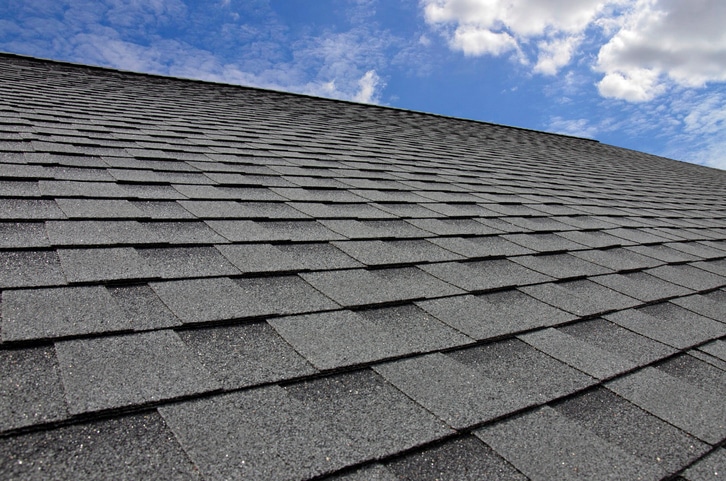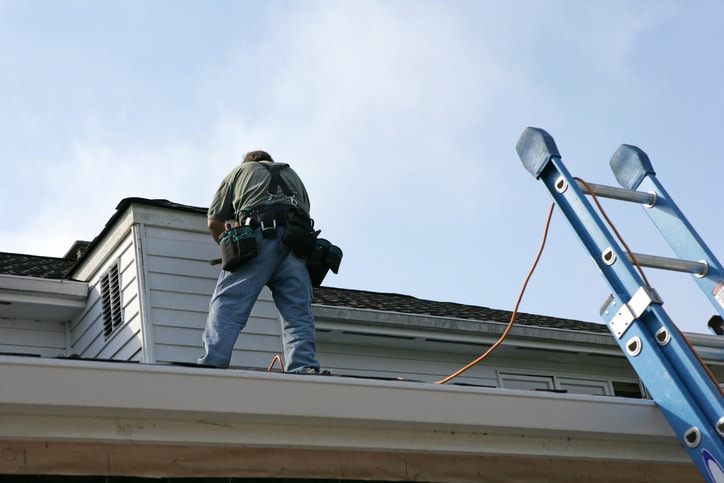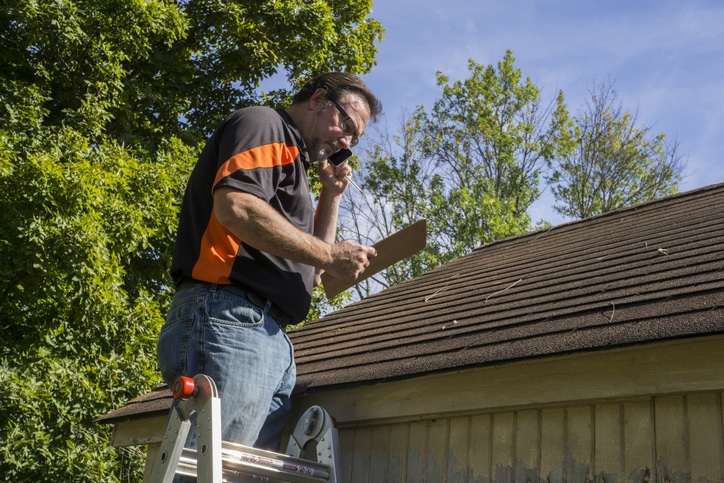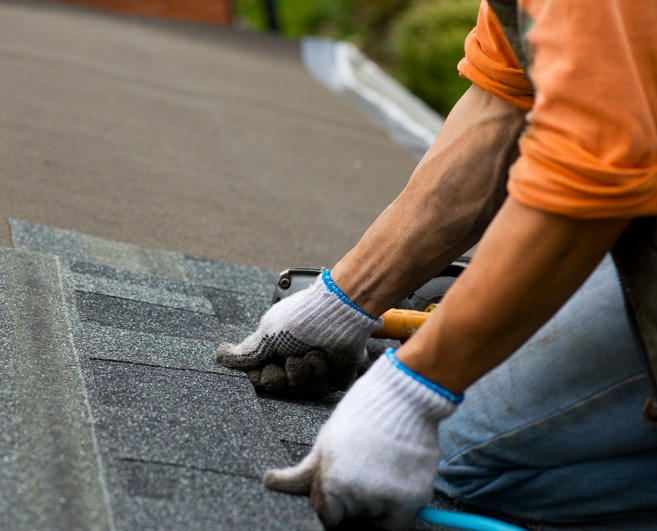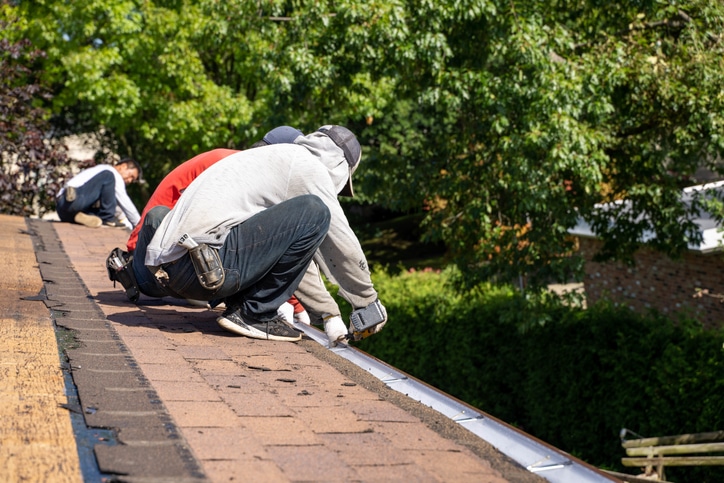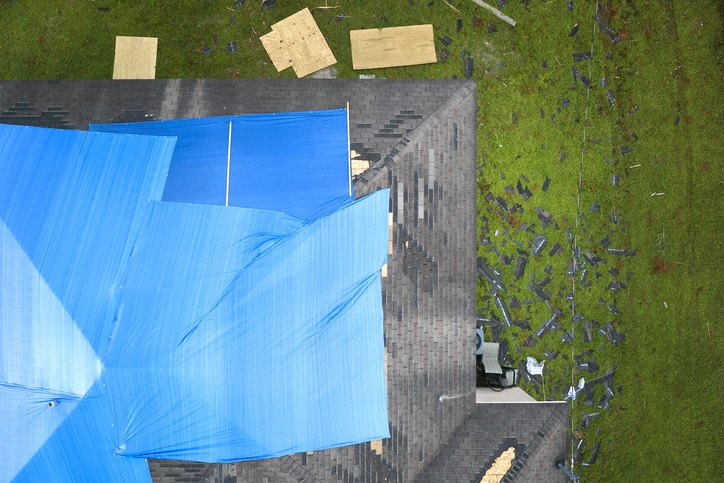Hail can cause considerable damage to your roof during severe thunderstorms. Those hard balls of ice can compromise the health of your roof and property, so early detection will protect the structural integrity of your home.
Hail damage roof – The Signs to Know
The force and size of the hailstones determine the extent of the damage that can be done. Hail damage appears in several ways:
- Granule loss: Hail force can dislodge granules from asphalt shingles, reducing your roof’s ability to reflect the sun and protect the underlayment.
- Bruising: Hail can also cause dark spots or bruising on your shingles, which indicates internal damage to the shingle, making it ineffective.
- Cracking/fractures: Large hailstones can crack shingles, allowing water to penetrate.
- Dents/punctures: For metal roofs, hail can dent or puncture the metal. This affects the metal’s ability to protect your roof, and it is unsightly.
The type of roof you have also affects the degree of susceptibility to hail damage. Other factors like the age of your roof and the pitch can also be factors.
Hail damage to roof by type
Asphalt Shingles:
Asphalt shingles are the most common roofing material and are particularly susceptible to hail damage. Punctures, cracking, bruising, and granule loss are all possibilities.
Metal Roof:
Metal is highly durable and less likely to suffer damage during a hailstorm. However, large hailstones can cause punctures or dents.
Tile Roof:
Clay and concrete tile roofs are mainly resistant to hail. However, they may crack or break under extreme weather conditions with large and forceful hail.
Slate Roof:
Like tile, slate is a durable, long-lasting material that is generally safe from hail damage, but a severe storm may present hail damage roof concerns. If damage does occur, it is usually cracking or breaking.
Wood Shingles:
Wood shingles can be very prone to hail damage, especially if the roof is older and hasn’t been well maintained. Hail damage usually causes splitting, bruising, or missing shingles.
When does hail damage require a roof replacement?
After an extreme storm, a complete roof replacement may be necessary if your roof shows extensive damage. Factors include:
- Widespread damage: If a large part of your roof shows hail damage, the most economical and practical choice would be a roof replacement.
- Hidden damage: If your roof’s underlayment or decking is severely damaged to ensure long-term protection, a roof replacement is a wise choice to protect your home.
- Age of your roof: Replacement is the best option if it is near the end of its life.
- Insurance: If your roof is covered by insurance for hail damage, this is the time to consider a new roof.
After a strong storm, schedule a professional to assess the damage. Southern National Roofing offers free same-day inspections and a comprehensive, no-surprises estimate you can trust.
Southern National Roofing specializes in durable, energy-efficient, state-of-the-art roofing materials and installation techniques.
We offer unparalleled customer service and a team that is dedicated to your satisfaction.

